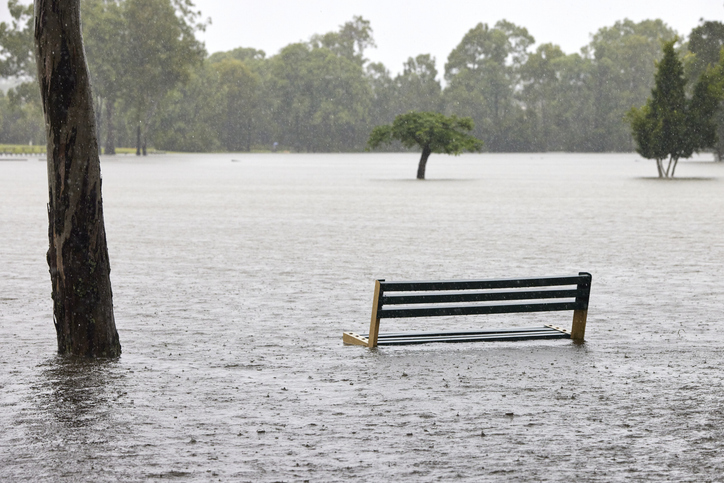This research was funded by Natural Hazards Research Australia, with the support of Queensland Fire and Emergency Services (QFES) and NSW State Emergency Service (NSW SES). The focus was on community experiences of the eastern Australia floods, January – July 2022.
The study design followed a post-event research approach used consistently by Australian researchers working in community-focused research, post bushfire. The study comprised two phases:
• Interview phase (Aug 22 – Oct 22) – a mix of virtual (videocall/phone) and in-person interviews.
• Survey phase (Nov 22 – Feb 23) – an online questionnaire.
A total of 192 flood-impacted residents (92 QLD/100 NSW) were interviewed using a participant-led and trauma-informed approach that invited residents to ‘share their story’.
The online survey was informed by the interviews and included a mix of questions used in prior post-event research as well as tailored questions. A total of 430 flood-impacted residents participated in the survey; 67.4% were from NSW (n=290) and 32.6% were from QLD (n=140). Study participants did not receive financial compensation for their contributions.
The mixed methods approach used in this study is a strength. The qualitative (interview) component of the study provides detail and richness about individual lived experiences, and the analysis into themes allows for commonly reported experiences to be presented and reported succinctly here. The quantitative (survey) component of the study allows for broader trends in the data to be identified and for statistical analysis to be undertaken to identify significant associations between variables. Qualitative data are not readily generalisable
to the broader population, whereas quantitative data are expected to be more representative of the target population, i.e., adult residents (18+) in QLD and NSW who were impacted by flooding in the period Jan-July 2022. In this study the total sample (n=430) provides an estimated margin of error of 4.8% at the 95% confidence level, and samples within each state have a margin of error of 5.8% for NSW and 8.3% for QLD. A full and summary report on the research is available on the Natural Hazards Research Australia website.
The report details 13 themes analysed from the qualitative (interview) data. These are complemented by a set of five additional policy-relevant content areas driven from the structure of the quantitative (survey) data.
This project was led by Associate Professor Mel Taylor (Macquarie University)
The NSW research team included Associate Professor Mel Taylor (Macquarie University) and Associate Professor Fiona Miller (Macquarie University).
The Queensland research team included Professor Kim Johnston and Associate Professor Anne Lane (Queensland University of Technology) and Associate Professor Barbara Ryan (University of Southern Queensland).
Chief Investigators
